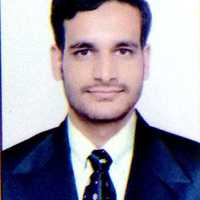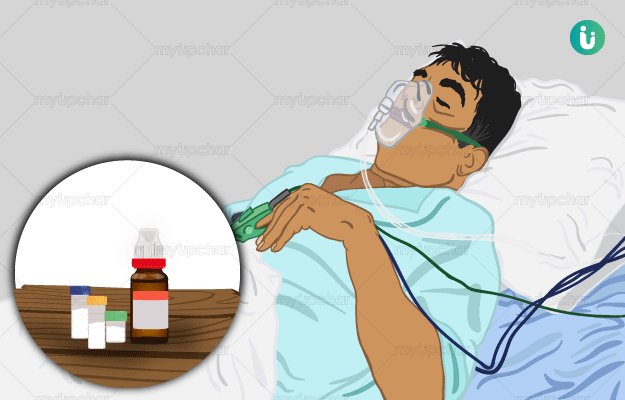Paralysis refers to the loss of movement or loss of function, which may be experienced in a particular area or the whole body. This loss of muscle function or sensation may be due to an injury or a disease affecting the nerve supply. The Ayurvedic term for paralysis is pakshaghata. An increase in vata dosha that causes loss of sensory or motor function in the limbs on one side of the body is known as ardhanga vata. In ayurveda, pakshaghata is managed through various pre-panchakarma (five therapies), panchakarma and post-panchakarma procedures like snehana (oleation), swedana (sudation or sweat therapy), basti (enema) and nasya (nasal insufflation). Herbs like ashwagandha (Indian ginseng), bala (country mallow), and nirgundi (five-leaved chaste tree) and herbal formulations like yogaraja guggulu and dashamoolarishta are used in Ayurveda to treat and manage pakshaghata. Avoiding pungent foods, quitting smoking and adding certain foods like ginger, grapes, green gram and pomegranates can further help manage pakshaghata better.
99% Savings - Buy Just @1 Rs
X

- हिं - हिंदी
- En - English
- Treatment
-
- Skin Issues
- Acne
- Fungal Infection
-
- Hair Problems
- Hair Growth
- Hair Dandruff
- Self-Analysis
-
- Chronic Diseases
- Diabetes
- Heart Care
- Weight Loss
- Sleep Support
- Liver Care
- Stress & Anxiety
- Our Brands
- Doctor Consultation
- Medicine A-Z
-
Health A-Z
-
- Treatments
- Home Remedies
- Herbs
- Surgery
- Lab Test
- Therapy
- First Aid
- Ayurveda
- Homeopathy
-
- Yoga And Fitness
- Fitness
- Yoga
- Weight Loss
- Weight Gain
-
- Other Topics
- Baby Names
- Beauty
- Healthy Foods
- Tips
- Health News
- Pet Health
- Men Health
- Medical Cannabis
- Login / Sign Up






























